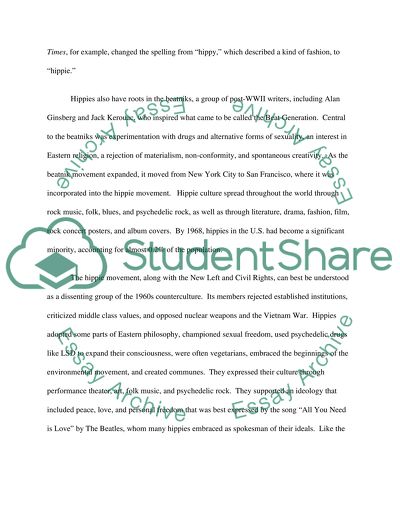Cite this document
(“The Hippies and Their Impact On Society Research Paper”, n.d.)
Retrieved from https://studentshare.org/family-consumer-science/1413984-the-hippies-and-their-impact-on-society
Retrieved from https://studentshare.org/family-consumer-science/1413984-the-hippies-and-their-impact-on-society
(The Hippies and Their Impact On Society Research Paper)
https://studentshare.org/family-consumer-science/1413984-the-hippies-and-their-impact-on-society.
https://studentshare.org/family-consumer-science/1413984-the-hippies-and-their-impact-on-society.
“The Hippies and Their Impact On Society Research Paper”, n.d. https://studentshare.org/family-consumer-science/1413984-the-hippies-and-their-impact-on-society.


